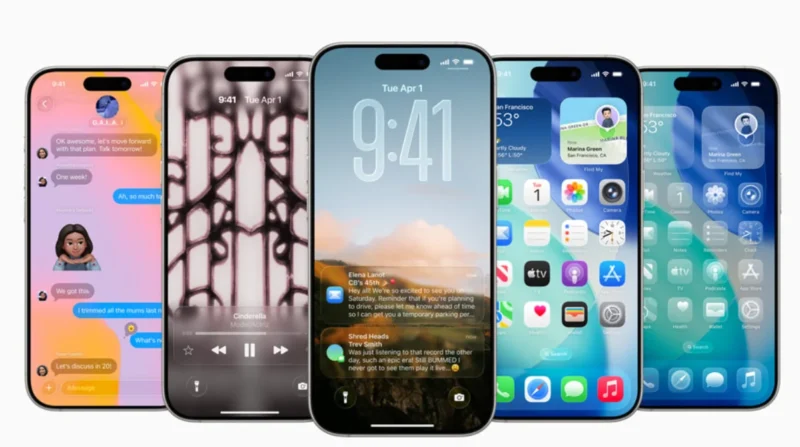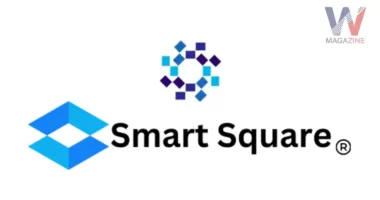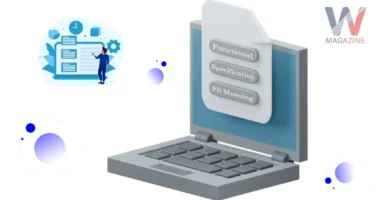Table of Contents
How much does it cost to make an iPhone is a question many people ask when they consider buying one. While retail prices range from around $599 to well over $1,600, depending on the model, understanding the real cost involves much more than just parts. Components, assembly, tariffs, shipping, research and development, marketing, and profit margins all contribute to the final price. Let’s explore what goes into making an iPhone and why the retail price ends up where it does.
The Cost of Parts: Bill of Materials (BoM)
Recent teardown data provides insight into Apple’s spending on components. For example, the iPhone 16 Pro (256GB) has an estimated BoM of about $550. Adding assembly and testing costs brings the total to approximately $580, not including tariffs. Key components include the display, camera modules, chipsets, battery, and internal memory.
Display panels and camera systems alone can cost around $80 each, while the new A18 chip is estimated at $90. Previous models, like the iPhone 15 Pro Max, had a BoM of about $558, mostly due to advanced materials like titanium frames and the A17 Pro chip, which elevated costs compared to earlier models.
Assembly: Labor and Manufacturing
Labor for iPhone assembly remains relatively low. Apple’s devices are primarily assembled in China, where labor costs around $8–$10 per phone. Even in other countries like India, labor costs increase slightly but remain affordable.
Shifting assembly to the U.S., however, could raise labor costs to approximately $300 per device. This sharp difference in cost supports Apple’s global production model, which balances efficiency with quality.
The Tariff Factor
Tariffs present a potential bump in manufacturing costs. U.S. tariffs on electronics from China, which could reach up to 54%, may add around $300 to Apple’s expense for each iPhone 16 Pro model. This would push the total cost of manufacturing up to approximately $850.
If Apple decides to move production to countries like India, it can mitigate some tariff exposure, but most electronic parts still flow through China’s supply chain, so many of the BoM costs remain the same.
Beyond Parts: Hidden Costs
While BoM and labor give us the base value of hardware, several additional costs significantly affect the retail price.
- Shipping and logistics are used to move parts and finished products around the globe.
- Research and development to build cutting-edge chips, software, and hardware design.
- Software and support, including iOS, services, and cybersecurity.
- Marketing and retail operations, from advertisements to Apple Store staff.
- Warranty and customer service, including AppleCare.
- Profit margin, which for flagship models can approach 50–60%.
These elements combine to push retail prices well above production costs.
Why iPhone Prices Keep Rising?
Every new generation typically includes improved chipsets, better camera modules, high-end materials like titanium or ceramic, and advanced display technology. Memory and storage costs also rise with the need for more speed and capacity. Global supply chain disruptions can further increase component prices.
Despite efforts to diversify production, certain aspects, like China’s well-established electronics infrastructure, are hard to replicate quickly and without cost. As a result, each new iPhone often comes with a price tag that reflects both innovation and added complexity.

The Role of Apple’s Ecosystem
Apple offsets high hardware costs through its lucrative services: the App Store, iCloud, subscriptions like Apple Music and TV+, AppleCare, and more. This strategy lets them maintain high hardware margins while fostering customer loyalty and recurring revenue. Even as production costs increase, Apple’s ecosystem helps balance costs and profitability.
What You Really Pay?
Here’s a realistic cost breakdown for a flagship iPhone.
- BoM + labor: approx $580.
- Tariff (if applicable): + $300.
- Shipping, R&D, software, marketing, warranty, profit.
- Retail price: typically 2–3× the BoM, depending on model.
Apple’s gross margins remain high, meaning their profit per phone is substantial, even when absorbing some cost increases in strategic markets.
FAQ
Q1. Are iPhone components really under $600?
Yes. Teardown reports for current models like the iPhone 16 Pro show parts cost around $550, with labor and testing pushing total manufacturing costs to about $580.
Q2. Could Apple avoid tariffs by shifting production?
Partially. Moves to India or other countries reduce tariff exposure, but most components still route through China, so cost savings are limited.
Q3. How much does Apple earn per phone?
For high-end models, Apple typically earns a 50–60% gross margin on hardware, not counting additional revenue from services.
Q4. Why not build all iPhones in the U.S.?
Because labor and infrastructure costs would nearly triple manufacturing expenditures, making the phones much more expensive for consumers.
Q5. Why do new iPhones cost more each year?
Each new model includes enhanced chips, cameras, materials, graphics, and rising costs from supply chains and research are passed on to consumers.
Conclusion
The question of how much it costs to make an iPhone goes far beyond just parts and labor. While materials and assembly come in under $600, factors like tariffs, shipping, R&D, marketing, ecosystem that Apple meticulously manages explain why retail prices climb well above that. Apple’s strong margins and integrated services support this pricing model. Understanding this breakdown clarifies not only Apple’s strategy but also why iPhones remain premium-priced devices in today’s market.
Related Topic: Is the iPhone 8 Still Worth Buying in 2025?









